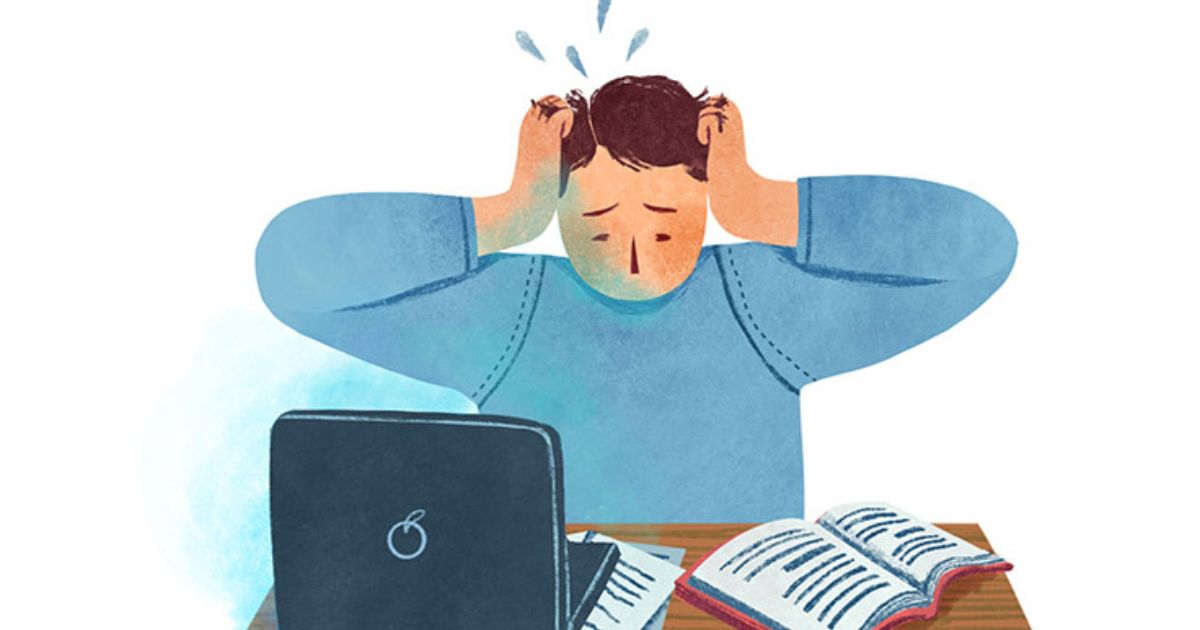Grief, a formidable companion to loss, often surfaces with both psychological and physical consequences. Meghan Riordan Jarvis, a trauma therapist based in Washington, DC, specializing in grief and loss, unveils insights from trauma therapy and the complexities of grief during the holiday season and beyond.
With a unique blend of professional expertise and personal experience, Jarvis offers insights from her new book, “End of the Hour: A Therapist’s Memoir,” where she shares her journey through complex post-traumatic stress disorder following her mother’s sudden death.
Insights from Trauma Therapy For Healing
The holiday season, traditionally hailed as “the most wonderful time of the year,” can become a minefield of emotions for those grappling with grief. Jarvis emphasizes the role of expectations versus reality, highlighting the stress and grief-laden nature of the holidays for many individuals.
Attempting to sidestep grief triggers through avoidance strategies proves futile, as Jarvis argues that memories are ingrained within us, constantly resurfacing in response to stimuli in the present moment.
Triggers, as explained by Jarvis, are stimuli that pull individuals back into memories, an automatic process of the nervous system. In an attempt to avoid pain, people may employ avoidance strategies such as online shopping, overcommitting to engagements, or even planning getaways.
However, Jarvis cautions against these attempts, asserting that there is no outrunning the profound emotions associated with grief.
Anticipation, according to Jarvis, compounds the challenges of grieving during the holidays. Clients often express concerns about navigating the day with the least amount of pain possible. Jarvis encourages embracing the day without judgment, acknowledging that feelings about the holidays will evolve over time.
To cope with grief, Jarvis recommends personalized coping strategies, urging individuals to find “sad holiday buddies” — trusted friends or confidants to share waves of grief with. Compassion for oneself during the grieving process is crucial, and Jarvis suggests writing down one’s story and responding to it as a caring friend would.
One aspect that Jarvis explores is the physical manifestation of grief. Drawing from her personal experience, she details the intensity of physical symptoms, such as disrupted sleep, cognitive fog, and unexpected health issues.
By understanding the body’s responses to grief triggers, individuals can gain critical insights into coping strategies that help regulate the nervous system.
Jarvis introduces a practice to increase awareness of the body’s reactions to grief triggers. This involves setting a timer for seven minutes, closing one’s eyes, and imagining magnetic paint being poured over the body. The areas where the paint collects indicate where energy is stored, prompting individuals to explore the nature of that energy and its impact on their well-being.
Acknowledging the various states of grief — fight, flight, freeze, and collapse — Jarvis delineates specific coping strategies for each. She underscores the importance of disrupting the process when in states of freeze or collapse, emphasizing meeting the nervous system where it is.
Disruption, according to Jarvis, involves engaging with the body’s activation and soothing sides. Different practices, such as movement, yin yoga, or sensory exercises like the “54321” mindfulness exercise, can aid in resetting the central nervous system and calming the limbic system.
In a society that often underplays the physical aspects of grief, Jarvis advocates for a comprehensive understanding of how the body experiences loss. She draws parallels with educating individuals about puberty and suggests that a similar approach is needed to prepare people for the inevitable and universal experience of loss.
As grief continues to be an integral part of the human experience, Jarvis’s insights from trauma therapy offer a roadmap for navigating the complexities of loss. By embracing the physical and psychological dimensions of grief, individuals can embark on a journey of healing that goes beyond mere survival.








Leave a Reply
You must be logged in to post a comment.